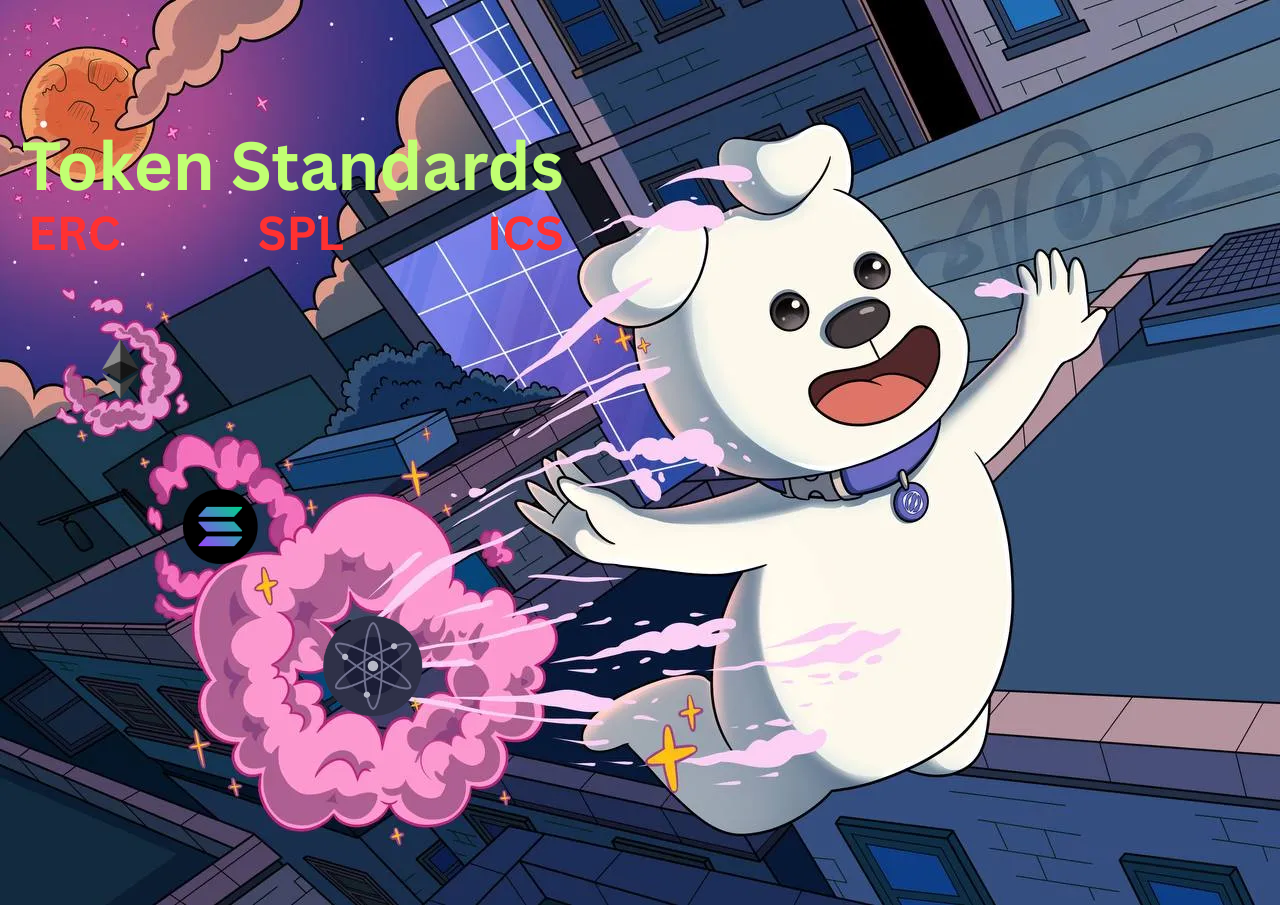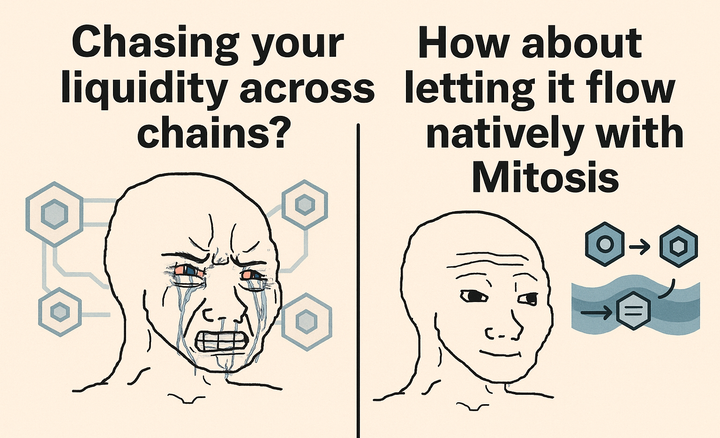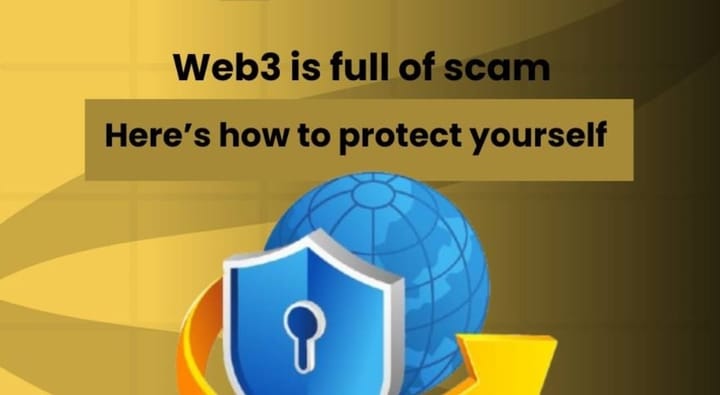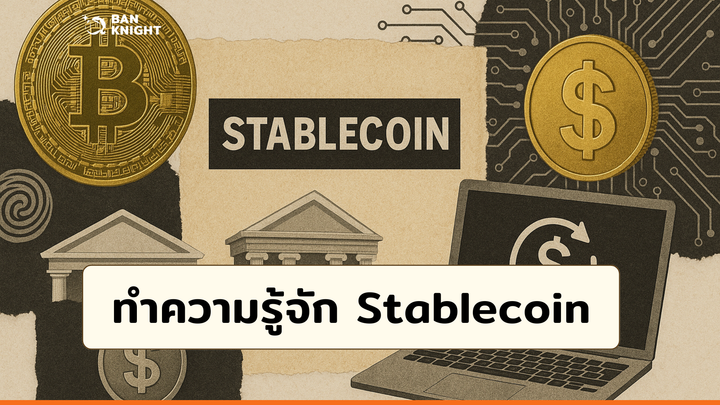Token Standards: The Rules That Make Blockchain Click

If you've ever swapped a token on a DEX, sent an NFT to a friend, or used a yield vault — you’ve already dealt with token standards, even if you didn’t realize it. These standards are the invisible glue that lets everything talk to everything else in crypto.
Without them, it’d be chaos.
Why Token Standards Matter
Blockchains are decentralized by nature — different teams, different codebases, different philosophies. But when it comes to tokens, they all need to agree on the basics. What does a transfer look like? How do apps know your balance? What metadata should NFTs carry?
Standards answer those questions. They give developers a blueprint to follow, and users a consistent experience across chains and apps. It’s what makes DeFi work like magic — or at least like something usable.
EVM and the Rise of ERCs
On Ethereum and its many friends (Arbitrum, Polygon, Base, etc), most tokens follow the EVM — the Ethereum Virtual Machine. And on EVM, standards are called ERCs.
Here are the big ones:
- ERC-20 — the classic. Used for fungible tokens like USDC, AAVE, or your favorite memecoin.
- ERC-721 — made for NFTs. One token = one unique item.
- ERC-1155 — mix and match. This one handles both fungible and non-fungible tokens in a single contract. Games love it.
These standards work because every app and wallet on EVM expects them. That consistency is what gave rise to the massive DeFi ecosystem we know today.
Solana’s Take: SVM and Metaplex
Solana doesn’t run on EVM, it runs on the Solana Virtual Machine (SVM). And that changes everything. Instead of smart contracts holding state like in EVM, Solana splits logic and data — which is great for speed but makes things more complex under the hood.
Here, the SPL Token is the standard for fungible assets. For NFTs, most projects use Metaplex, which adds metadata and marketplace compatibility.
So while EVM is about code reusability, Solana focuses on performance — at the cost of simplicity.
Cosmos: No VM, No Problem?
In Cosmos, things are even more modular. There’s no universal VM — each chain can define its own rules. That freedom lets devs build tailor-made ecosystems, but also means there’s no single token standard across the whole zone.
Instead, you’ve got standards like ICS-20 (kind of Cosmos’ version of ERC-20) to allow token transfers between chains using IBC. And with CosmWasm, smart contracts bring back some familiar patterns to Cosmos devs.
Think of Cosmos as a bunch of sovereign appchains that trade with each other using shared protocols — but each gets to write its own rulebook.
Standards Make It All Click
If you’re building a token and want it to actually work in wallets, bridges, AMMs, or vaults — you need to follow standards.
That’s what lets a Liquidity Pool on one chain recognize your token without writing custom logic. That’s what makes tools like Uniswap or LayerZero interoperable by default.
It’s easy to overlook them, but token standards are one of the biggest reasons DeFi feels connected — even when it’s spread across 20+ chains.



Comments ()